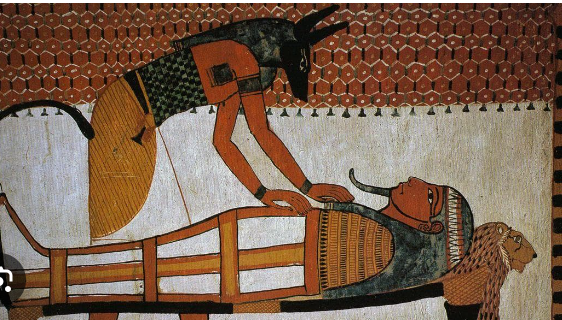Introduction:
The Celtic civilization, spanning across various regions of Europe from ancient times, was rich with intricate traditions, beliefs, and mythologies. Central to their identity was their religious system, which permeated through every aspect of their daily lives. Despite the passage of time and the influence of external forces, the echoes of Celtic religion continue to resonate in modern times, preserving a unique and captivating legacy. In this article, we delve into the enigmatic world of Celtic religion, exploring its key elements, deities, rituals, and its enduring impact on culture and spirituality.
I. Origins And Influences Of Celtic Religion
Celtic religion origins are intertwined with the broader Celtic culture that emerged around the 8th century BCE in Central Europe. The religious beliefs of the Celts evolved from the prehistoric Indo-European traditions, incorporating elements of animism, polytheism, and ancestor veneration. Their spiritual practices were deeply connected to the natural world, with reverence for the land, rivers, trees, and celestial bodies playing a pivotal role in shaping their beliefs.
II. Deities Of The Celtic Pantheon
The Celtic pantheon comprised a diverse array of deities, each representing different aspects of life and nature. From Lugus, the god of craftsmanship and skill, to Danu, the mother goddess associated with abundance and fertility, and Cernunnos, the antlered god of animals and the wild, these deities reflected the multifaceted character of Celtic society. Understanding their attributes and symbolism provides insights into the values and aspirations of the Celts.
III. Rituals And Festivals
The religious practices of the Celts were deeply integrated into their daily routines, with rituals performed to seek protection, prosperity, and spiritual guidance. Rituals often took place in sacred groves or at natural landmarks, strengthening their connection to the land. The four major seasonal festivals, Samhain, Imbolc, Beltane, and Lughnasadh, marked significant transitions in the agricultural year, celebrating life, death, and rebirth. These festivities were marked by bonfires, feasts, and communal gatherings, fostering a sense of unity among the Celtic tribes.
IV. The Druids: Guardians Of Knowledge And Wisdom
The Druids held a revered position in Celtic society as the keepers of knowledge, wisdom, and spirituality. Serving as priests, advisors, and mediators, they played a crucial role in preserving and passing down the oral traditions, myths, and laws of the Celts. The mystique surrounding the Druids has led to countless myths and legends, contributing to their enduring fascination.
V. The Impact Of Roman And Christian Influences
With the expansion of the Roman Empire, Celtic lands came under increasing influence and eventually direct control. Roman assimilation and subsequent Christianization brought significant changes to Celtic religious practices, leading to the decline of the traditional faith. However, the fusion of Celtic and Christian elements gave rise to unique syncretic beliefs and practices that continue to exist in certain regions today.
VI. The Legacy Of Celtic Religion
Despite the decline of the ancient Celtic religion, its legacy lives on in various forms. Celtic mythology, folklore, and symbols continue to inspire contemporary art, literature, and spiritual practices. Additionally, Celtic spirituality finds resonance in modern Pagan and Neopagan movements, where individuals seek to reconnect with nature, celebrate seasonal cycles, and draw inspiration from the ancient Celtic traditions.
Conclusion:
The Celtic religion remains an enigmatic tapestry that weaves together the threads of nature, community, and spirituality. Through their beliefs, rituals, and deities, the Celts celebrated the interconnectedness of all living beings and the cyclical nature of life. While the official practice of Celtic religion may have waned over time, its essence endures, profoundly influencing the way we perceive and honor the natural world. The enduring legacy of the Celts serves as a reminder of the deep-rooted connection between humanity and the environment, inspiring us to embrace reverence for nature in our modern lives.
FAQs:
- Are there any modern-day communities that still practice Celtic religion?
While the traditional Celtic religion has largely faded away, there are modern-day communities that draw inspiration from Celtic spirituality and incorporate it into their belief systems. These include various Pagan and Neopagan groups, Wiccan traditions, and Druidic organizations. However, it’s important to note that these modern interpretations often blend elements from different ancient cultures and adapt to contemporary spiritual practices.
- Did Celtic religion include human sacrifices?
There is limited historical evidence regarding human sacrifices in Celtic religion. While some ancient texts and accounts from Roman historians mention possible instances of human sacrifice, it is challenging to verify their accuracy due to biased perspectives and cultural differences. Many scholars argue that the Celts practiced animal sacrifices instead, as they held deep reverence for the natural world and believed in the sacredness of all living beings.

